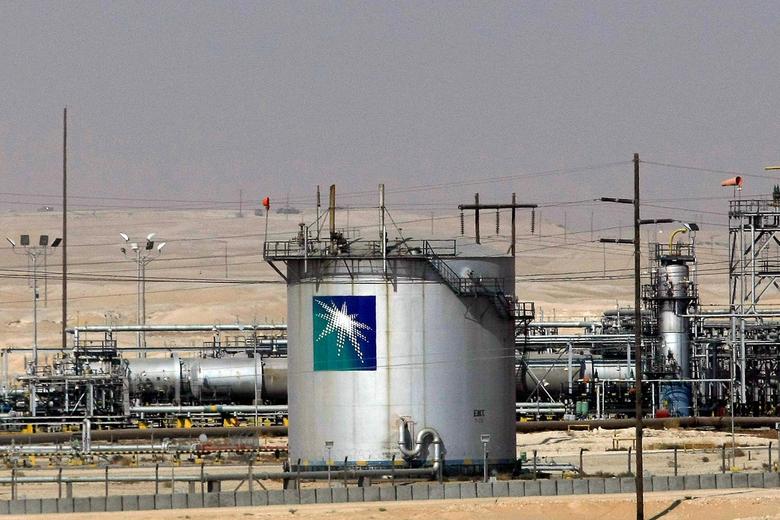
U.S. SHALE WILL BACK

Like a fighter who goes down after being sucker-punched, US shale producers are staggering but have not given up. In one corner is Saudi Arabia, the king of OPEC, which has ramped up its production to near-record highs in an effort to retain global market share for crude oil. In the other corner is the US, which had declining oil production until independent producers figured out how to exact oil, natural gas, and gas liquids in large volumes from shale deposits. This revitalized domestic onshore oil and gas production in the US.
As Saudi Arabia pumps more and more crude, creating a glut in global supplies, US producers recently have begun to curtail oil production as prices plummeted. However, this doesn't appear to be fast enough for the Saudis, who appear to be maneuvering for a knockout blow against Uncle Sam. The cost of production for US shale producers is significantly higher than for conventional production in Saudi Arabia and in other OPEC countries, which gives those producers an advantage at a time of sagging oil prices.
On May 13, the International Energy Agency (IEA) released a report that confirms Saudi oil production is close to a record high. In its monthly report, the IEA noted that global energy demand was higher than expected, which should help ease the oil glut and keep prices from falling again. However, the agency said that the crude oil glut is extending into refined products, which could make the recent oil price recovery unsustainable.
The IEA remarked that, despite bullish signals in the US, the oil market's fundamentals still look "relatively loose." Global oil production exceeds demand by approximately 2 million barrels per day, or about 2%, following huge growth in US shale production and OPEC's decision last November not to slash output in an effort to keep prices at a high level. Market share seems to be a bigger concern for OPEC, particularly the Saudis.
"In the supposed standoff between OPEC and US light tight oil (LTO), LTO appears to have blinked," said the IEA. "Following months of cost cutting and a 60% plunge in the US rig count, the relentless rise in US supply seems to be finally abating."
Nevertheless, a recent increase in oil prices has given US producers a new attitude. Several LTO producers claim to have achieved significant reductions in production costs in recent weeks, which would make them more competitive, says the IEA. At the same time, producer hedging has increased as companies took advantage of the price rally to lock in profits.
The IEA says it sees no sign that OPEC intends to curb its output in the near term, saying that early indicators suggest the cartel will sustain rates at around 31 million bpd during May. In addition to Saudi Arabia, Kuwait and the United Arab Emirates have all raised their rig count and expanded their drilling programs.
OPEC production has now been above the cartel's self-imposed supply target of 30 million bpd for the 12th consecutive month, as the fight over oil market share continues. So far, neither side has indicated a willingness to capitulate.
ogfj.com





